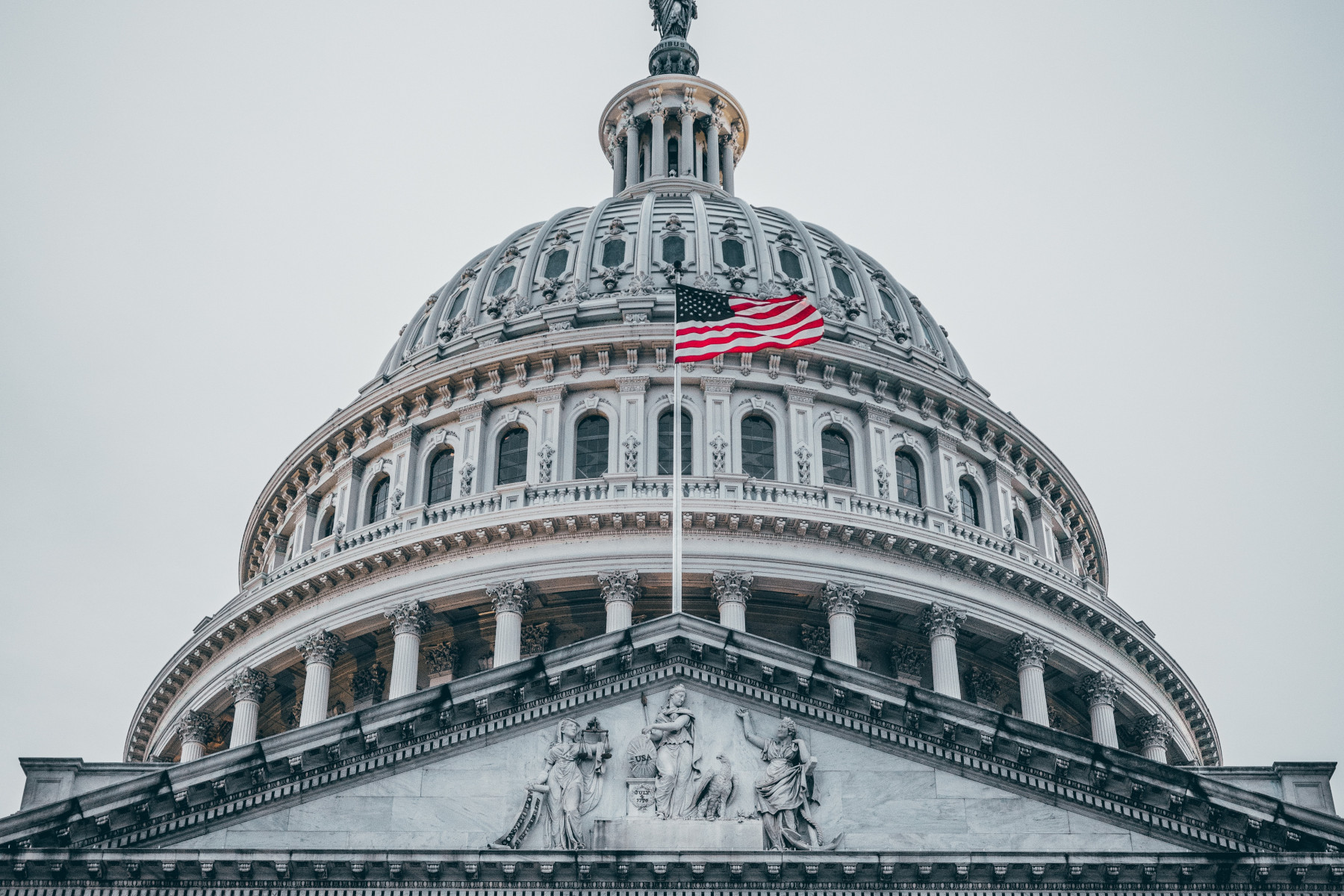As President Trump works to push his ambitious tax and trade agenda through a divided Congress, lingering questions around state tax deductions, the top income bracket, and tariff negotiations with China are clouding prospects for any sweeping deal before summer recess.
Trump’s vision for a “big, beautiful” tax and spending reform package is encountering fierce resistance not only from Democrats but from within the Republican ranks. A handful of GOP lawmakers from high-tax states like New York and California are demanding significant increases to the state and local tax (SALT) deduction—a key issue that threatens to derail the broader bill. At the same time, speculation persists about whether Trump supports raising the top marginal tax rate, an issue he’s publicly wavered on in recent days.
“This whole thing is starting to look like a floor covered with crumbs rather than a full loaf,” said Chris Whalen, Chairman of Whalen Global Advisors, during an interview on Chicago’s Morning Answer. “Everyone wants something different, and Trump is now trying to herd angry cats.”
Even Trump himself has offered contradictory takes, suggesting he’d support a minor increase in the top tax rate “graciously,” only to backtrack shortly after, warning Republicans not to repeat George H.W. Bush’s fateful mistake of raising taxes. “I’m okay if they do it,” Trump wrote on Truth Social, “but probably better if they don’t.”
Whalen, who also edits the Institutional Risk Analyst, said internal disagreements in the Republican-controlled House and the unpredictability of the Senate make passage of a comprehensive deal unlikely before fall. “If they don’t get a deal before Congress adjourns for summer,” he warned, “it’s probably dead for the year.”
While tax reform stalls, the administration appears to be making more headway on the trade front. Trump has touted a series of new agreements, including a developing framework with China that would reduce tariffs to a 10% baseline—except for sectors like fentanyl-related trade, which will continue to face a punitive 20% tariff.
Markets responded positively to news of a 90-day pause in tariff escalations with Beijing, and further deals with Europe and the UK are expected to follow. However, Whalen emphasized that Trump is far from finished with China. “The Chinese need us more than we need them,” he said. “They’re a small, weak country that can’t feed itself and depends on exports to survive. Shutting the door on them would be devastating.”
Whalen argued that President Xi Jinping is politically vulnerable at home and that the U.S. could bleed China economically with sustained pressure, potentially even triggering regime change. “There’s no domestic demand in China to backstop their economy,” Whalen noted. “If you shut down their exports, their economy goes away.”
Beyond taxes and tariffs, the Trump administration is quietly reassessing the vast—and often misunderstood—asset portfolio of the federal government. Interior Secretary Doug Burgum has called for a formal audit of federal holdings, pointing out that the Department of the Interior alone oversees more land and mineral resources than any other entity on Earth.
According to internal estimates, America’s federal assets include 480 million surface acres, two billion offshore acres, and 750 million acres of subsurface mineral rights. Some internal projections suggest coal reserves alone could be worth up to $8 trillion. “We need to stop thinking like tax collectors and start thinking like owners,” Whalen said. “Put some of these assets into private hands, get them producing, and use the profits to reduce the federal debt.”
Whalen has also proposed creative debt reduction ideas, such as allowing Americans to buy back discounted federal bonds to pay off taxes or tariffs, shaving trillions off the national debt without raising tax rates. “It’s time to run the government like a business,” he argued. “Elon Musk would know what to do.”
Whether Trump’s team can unite a fractured Congress around these ideas remains to be seen. With time running out before summer recess and intra-party friction growing, the administration’s sweeping economic ambitions may face yet another year of delays—unless Trump can pull off what would amount to a legislative and fiscal miracle.
In the meantime, as Trump juggles tax policy, trade negotiations, and asset reform, the stock market continues to watch every announcement for signals of real progress—or another political stall.





